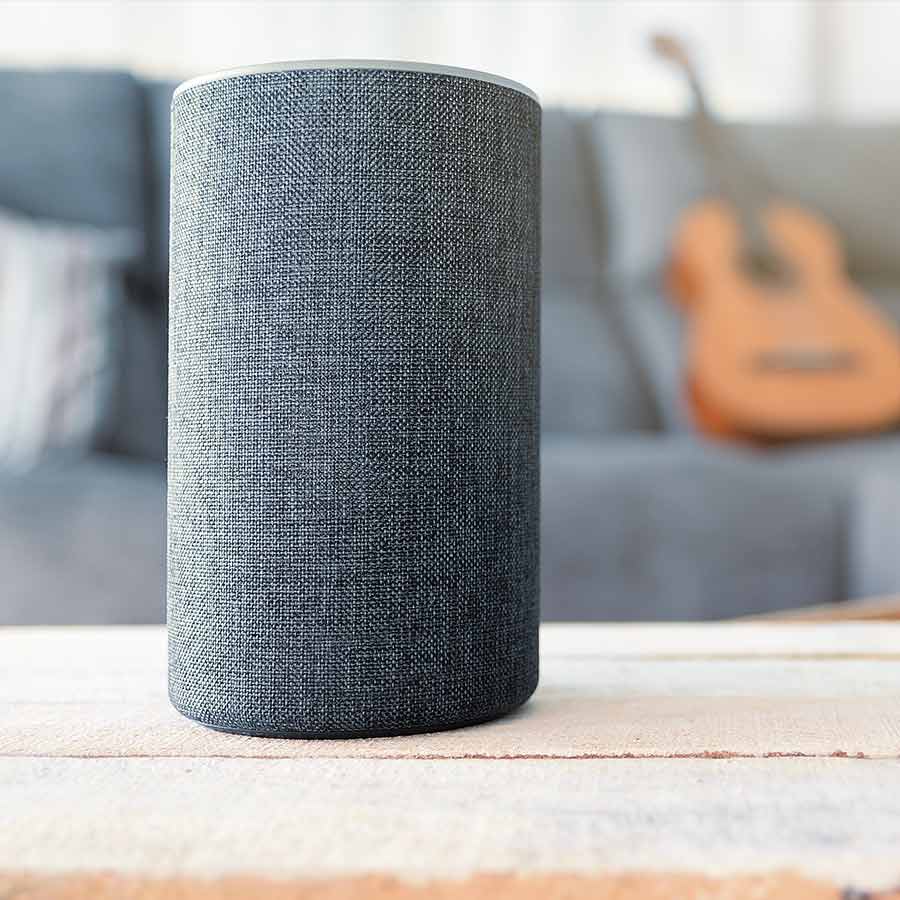Resources - Blog
5 Top E-Commerce Trends to Watch

Stay on top of the latest e-commerce and marketplace trends.
As the drivers of retail innovation, both via brick-and-mortar and e-commerce models, consumers are constantly on the lookout for more engagement, credibility, and authenticity to help shape their buying experiences.
The top e-commerce trends to surface and catch on so far this year are immensely integrated with and geared toward the customer experience and optimizing its many facets. As online retailers, it’s important for third-party sellers to understand and prepare for the role and impact that these rapidly evolving, shifting e-commerce trends can have on your online business.
1. AI
Artificial intelligence, or AI, is machine-learning intelligence intended to make life easier for humans through automation, streamline updates for operational efficiency, and improve day-to-day functions by saving time and reducing human error and impediment.
People tend to be very open to using AI-enabled bots for customer service, especially for direct requests and questions. AI-powered platforms will allow for more personalized, targeted experiences and marketing campaigns, which, if leveraged properly, can drive additional conversions online.
2. Voice Commerce
With items like the Amazon Echo Dot and Google Home, voice search has become a very mainstream AI-enabled technology. These searches, powered by natural language processes, allow for convenience, instant gratification, and ease of use during the customer’s buying process. Online retailers can adapt content and ad copy to account for high-value natural language searches, giving them an advantage over sellers who aren’t optimizing for voice search.
The rise of voice search is simultaneously increasing connectivity between humans and technology, as people have become more reliant on voice search for shopping. Brands, manufacturers, and sellers alike need to be voice-savvy in order to weave the tech-fueled search mechanism into their customer experience.
3. Chatbots
47% of consumers are open to buying items using a chatbot, according to a HubSpot research report. Aside from answering customer inquiries on a website, chatbots are beginning to integrate with messaging applications and will soon be able to send customers product recommendations, request feedback, and incorporate customer engagement via conversational marketing.
Chatbots can help with automation, as they can function as a customer service arm of a company and have the ability to work around the clock. They can help drive engagement, sales, support, and establish an overall better customer experience.
4. Virtual Reality Shopping Experience
Virtual reality is going to significantly impact the consumer buying experience through its ability to be woven into the shopping experience, therefore keeping buyers engaged, interested, and excited. Things like virtual dressing rooms, in-room or in-home product visualizations to help customers with the ‘try before you buy’ mentality, and testing out products where they would actually be in use all fall under the VR umbrella.
With more and more consumers abandoning brick-and-mortar for online shopping, finding visual ways to demonstrate product look or use will become critical to making the conversion.
5. Personalization
A personalized marketing campaign can make all the difference for online retailers. With that, it’s important to incorporate personalization into various facets of the customer experience, end to end. From email personalization to targeted landing pages and product bundles, creating a customized experience between seller and buyer instills awareness, brand loyalty, and engagement and shows the customer that the seller has their best interest in mind.
With e-retail trends such as companies showing customers what they have previously purchased from them, in what color and size, and with what frequency, customers will be more willing to make a repeat purchase due to convenience and messaging geared specifically toward them.
As part of the constantly advancing nature of the e-commerce landscape, it’s vital for manufacturers, brands, vendors, and third-party sellers alike to remain fluid and be able to adapt to, keep up with, and leverage the trends to their advantage in order to avoid the risk of becoming obsolete.



